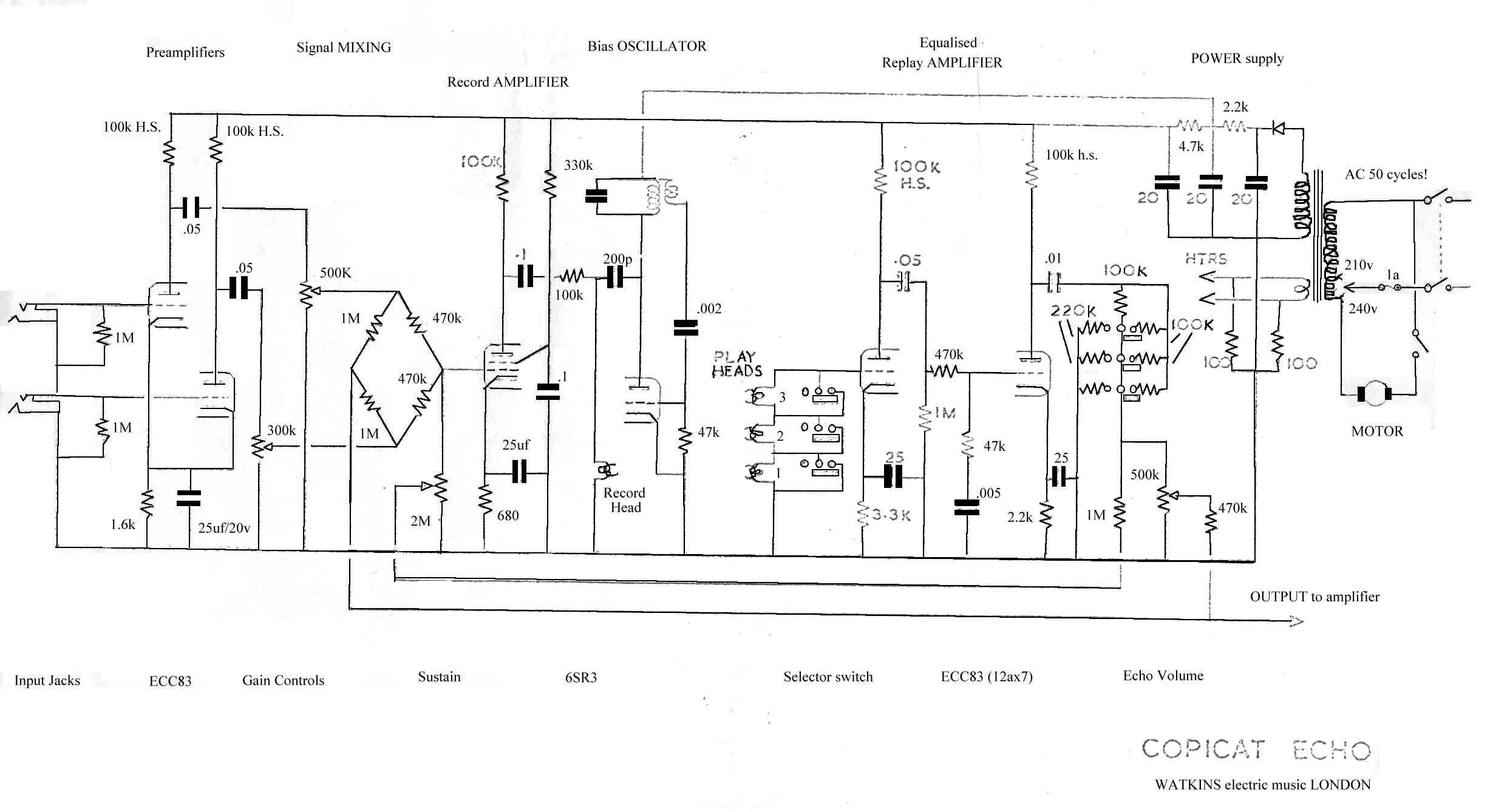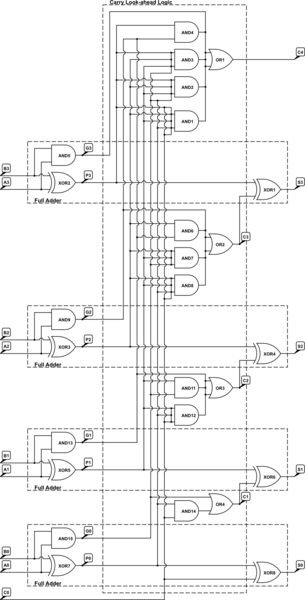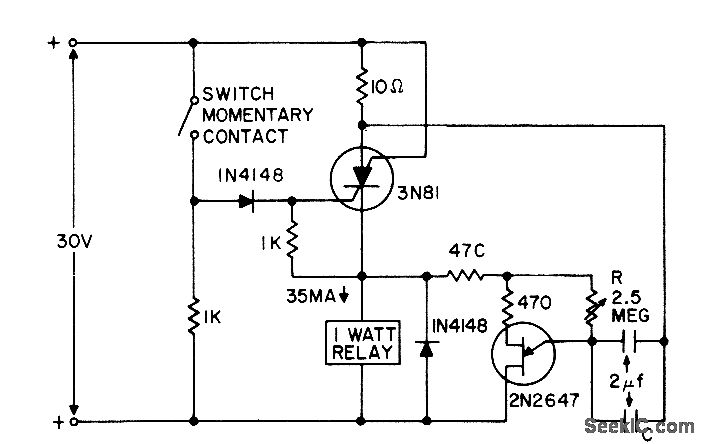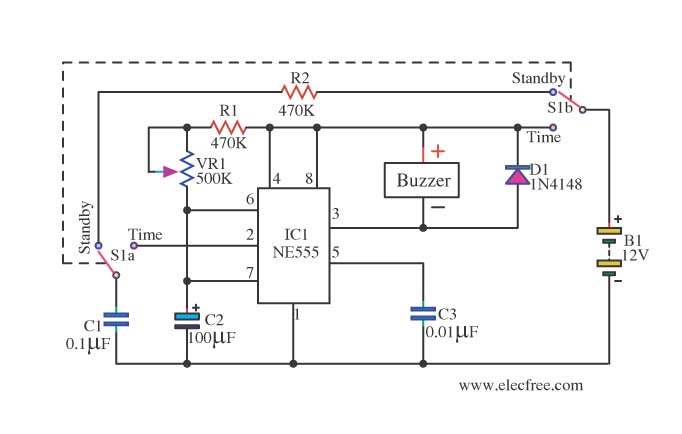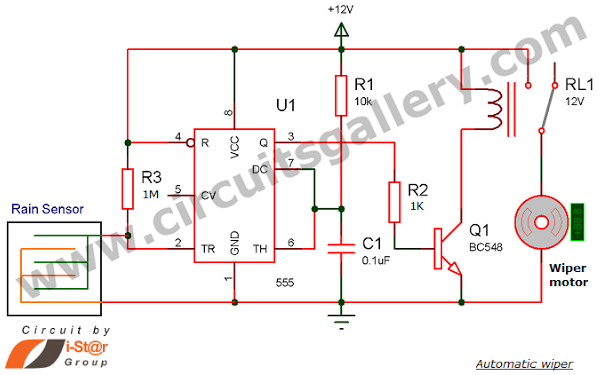
Delay Timer
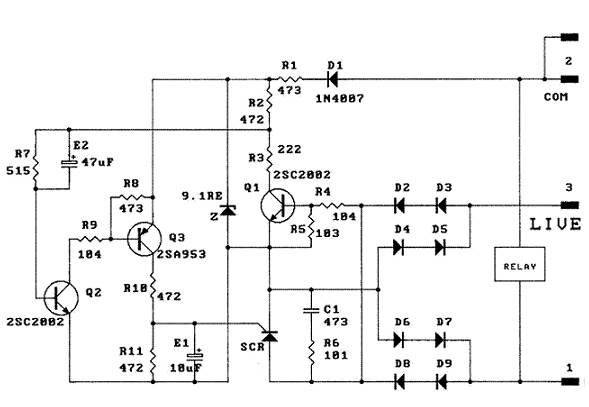
A 150 to 210 seconds analog delay timer project designed for controlling devices that require a minimum off timer before power can be restored, in order to prevent potential damage to the devices.
This analog delay timer circuit can be implemented using a combination of resistors, capacitors, and operational amplifiers to achieve the desired timing functionality. The core of the timer relies on the charging and discharging characteristics of a capacitor, which is controlled by a resistor network to set the time delay.
The circuit typically starts with a power switch that, when activated, begins the timing sequence. Initially, the capacitor is uncharged, and as current flows through the resistor, the capacitor begins to charge. The voltage across the capacitor increases gradually until it reaches a predetermined threshold level. This threshold can be set using a comparator or an operational amplifier configured as a Schmitt trigger.
Once the capacitor voltage surpasses the threshold, the output of the comparator changes state, signaling the control relay or transistor to activate the connected device. The timing duration can be adjusted by varying the resistor and capacitor values, allowing flexibility in setting the delay between 150 to 210 seconds.
To ensure reliability and prevent any potential damage to sensitive devices, it is crucial to incorporate additional features such as a power-on reset circuit, which ensures the system initializes correctly each time power is applied. Furthermore, a diode may be used to prevent back-emf from inductive loads when the relay is deactivated, protecting the circuit components.
In summary, this analog delay timer project not only provides a reliable method for controlling device power restoration but also emphasizes the importance of careful component selection and circuit design to ensure safe and effective operation.150 - 210 secs analog delay timer project for control of devices that need to have a minimum off timer before power can resume to prevent damage to the devices 🔗 External reference
This analog delay timer circuit can be implemented using a combination of resistors, capacitors, and operational amplifiers to achieve the desired timing functionality. The core of the timer relies on the charging and discharging characteristics of a capacitor, which is controlled by a resistor network to set the time delay.
The circuit typically starts with a power switch that, when activated, begins the timing sequence. Initially, the capacitor is uncharged, and as current flows through the resistor, the capacitor begins to charge. The voltage across the capacitor increases gradually until it reaches a predetermined threshold level. This threshold can be set using a comparator or an operational amplifier configured as a Schmitt trigger.
Once the capacitor voltage surpasses the threshold, the output of the comparator changes state, signaling the control relay or transistor to activate the connected device. The timing duration can be adjusted by varying the resistor and capacitor values, allowing flexibility in setting the delay between 150 to 210 seconds.
To ensure reliability and prevent any potential damage to sensitive devices, it is crucial to incorporate additional features such as a power-on reset circuit, which ensures the system initializes correctly each time power is applied. Furthermore, a diode may be used to prevent back-emf from inductive loads when the relay is deactivated, protecting the circuit components.
In summary, this analog delay timer project not only provides a reliable method for controlling device power restoration but also emphasizes the importance of careful component selection and circuit design to ensure safe and effective operation.150 - 210 secs analog delay timer project for control of devices that need to have a minimum off timer before power can resume to prevent damage to the devices 🔗 External reference
Warning: include(partials/cookie-banner.php): Failed to open stream: Permission denied in /var/www/html/nextgr/view-circuit.php on line 713
Warning: include(): Failed opening 'partials/cookie-banner.php' for inclusion (include_path='.:/usr/share/php') in /var/www/html/nextgr/view-circuit.php on line 713
